[ page 3 ]
F-5 "Freedom Fighters" in 1/72 scale : kit modelling report
... continued from F-5 page 2.....
F-5A FREEDOM FIGHTER
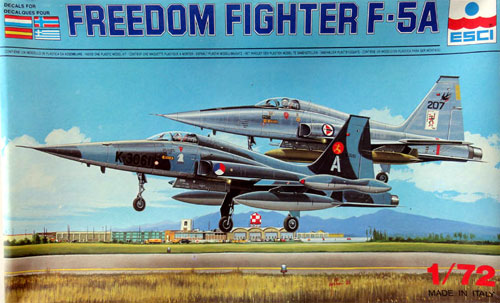
Another F-5A model was made with an ESCI kit (release kit no.9032). I made a kit for a Spanish Air Force aircraft for which decals are supplied as option "C". (CASA of Spain license made the type). NOTE: I assume that the version like the slightly bigger intakes are appropriate for the Spanish aircraft but I am not sure....
The model assembly was done as described on previous F-5A models in 1/72 scale made. But I did not bother further to open up and deepen the jet exhaust pipes. Another error in the kit is that the pipes in the kit extend a bit at the lower fuselage edges, but not a lot can be done about this. The fuselage depth is about 0,1 mm too small. I kept it this way as it is hardly seen.
When assembled the model got a base
light grey coat with the airbrush to check for any flaws. I needed some
putty at the intakes and front fuselage joints.

The colour scheme is a bare metal
aircraft SF-5A of ALA Esc.211.
I used a new paint for me: Vallejo
77.701 metal Aluminium acrylic. This was airbrushed and it gives slight
metallic sheen.


The ESCI decals are not very good
and prone to "silvering". I used the Spanish markings as per kit but for
the stencilling used much better decals from other F-5 kits such as the
Revell release. The stripes on the wing are a bit too thick and too long
but used. Each decal was "dragged" through a Johnson Future/Pledge varnish
bath
to prevent "silvering".
The inside surfaces of the tip tanks are black. I forgot and later hand painted these, better do this earlier with masking and airbrushing.
Landing gear installment is simple. I added some wiring for the hydraulics on the gear legs mad from thin metal wires. At the inner bay doors #13, 14 an actuator was added for more detail from metal rod.
The inside edges of the air brakes parts #15, 16 needed removal of about 0,2 mm to to be placed parallel along each other.

Two wing pylons were also fitted
(they should be re-positioned 2 mm more outboard). The central fuel tank
as per kit was also set in place. Note that the central large fuel tank
nearly touches the nose gear but that is as on a real F-5A aircraft.
The nose pitot was made from a metal
needle and blended in with white glue. This was painted the nose colour
when dried up.
 ..
..
A little "dark wash" was applied in the recessed panels of flaps and inside the gear bays. (a mix of diluted black paint).
The model got a final varnish Johnson Pledge coat airbrushed on to protect the decals and give an even sheen.
A few small antennas made from thin
plastic card were added, this varies a bit between F-5 air forces so check
photos.  ..
..
The canopy was installed as described on previous NF-5A kits. That completed the "Spanish" model.
![]()
SPAIN / Espaņa
 ..
..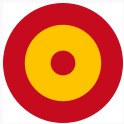
[area: 506,000 km2 | capital: Madrid | population: 47,5 million | GDP 22,000 Euro per capita nominal ]
Spanish Military
aviation started in 1909 with the usual biplanes. The Air Force "Ejercito
del Aire" was officially established in 1939 after the end of the
Spanish Civil War. Soon, the Second World War was a fact and Spain remained
"neutral" but the Franco dictator regime indirectly supported the Axis
powers of Germany and Italy. After the war, most aircraft were German and
Italian types. Some local aircraft were developed like the HA-1112
Buchon based on the Me-109 but with a Rolls Royce Merlin and the Hispano
HA-200 Saeta, a local jet produced in the 1950s. Spain was and is part
of NATO so Western aircraft were used in the 1960s and 1970s like the F-86
Sabre, F-104, F-5A/B and F-4C Phantoms. In 1967 the CASA company agreed
to license manufacture the F-5 as SF-5 or locally designated C.9 for about
50 aircraft. First SF-5 deliveries started in 1968. Also reconnaissance
SRF-5A aircraft were made.
After the death
of Franco in 1975 the Spanish society became more democratic. The local
CASA aircraft company developed new aircraft like the C-101 Aviojet trainer
and C-212 light transport aircraft. Also many remaining SF-5 aircraft were
converted to the SRF-5A but still with the M39 canon. Another large significant
F-5 upgrade started in 1988 with Bristol Canada support.
Other newer
aircraft types of the Ejercito del Aire were the Mirage F-1 and American
F/A-18 Hornet. In the latest decade the Eurofighter Typhoon has been introduced
as Spain participated in this large European program.
There is an
aerobatic display team "Patrulla Aguilla" flying CASA C-101 Aviojets
and
the team "Patrulla Aspa" flies EC-120 helicopters. From September 2021
some 24 PC-21 trainers have been put into service as well.
 ...
...
SF-5A ALA Esc.211 "Ejercito del Aire" (Spanish Air Force)
A nice model in the World
Air Forces collection...
(5) F-5A Norway
Another ESCI F-5A model was made in the markings of a Norwegean Air Force aircraft for which decals are supplied: as option "B" of the 336 Skv FLYING JOKERS aerobatics team of the 1970s. I assumed that the Norway F-5A and F-5B airframe versions have again the slightly larger F-5A intakes as the Dutch NF-5 and Canadian CF-5 .

The assembly was done as described on previous F-5A models made.
I did not install the wing tip tanks but the missile launch rails. The aerobatic aircraft was usually kept "clean".
The colour scheme is a bare metal aircraft and the paint used was Vallejo 77.701 metal Aluminium acrylic (as used on the Spanish F-5A model above as well). This coat was airbrushed. Also I airbrushed, after masking, some smaller airframe panels aluminium using Revell Aqua Silber 90 acrylic. The rear jet exhausts got a burned metal colour.
The intakes leading edges are black and the tail tip light grey.
The "Flying Jokers" decals are nicely
provided in the ESCI kit #9032 but the decals are a bit brittle. I used
the Flying Jokers markings but for the F-5 stencilling used also decals
from other F-5 kits.
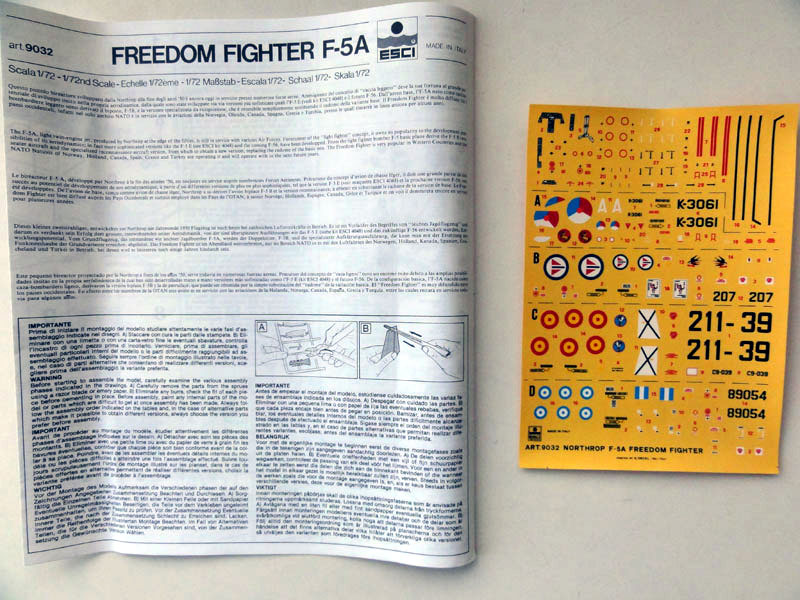
The Norwegain Air Force roundels
for the lower wing #118 are very big, I had to reposition them more outboard
but not sure what is correct.
The black upper wing walkway lines
were replaced by line decals from an Italeri F-5E kit.

The model finishing was a described
for the other F-5A kits above. A few small antennas made from thin card
were added under the nose with an open
canopy setting.....
 ...
...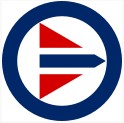 .....
.....
[ area: 385,200 km2 | capital: Oslo | population: 5,4 million | GDP 63,000 Euro per capita nominal ]
The Royal Norwegian
Air Force "Luftforsvaret" became a separate air arm in November 1944
established by decree with forces fighting alongside with the Allies. After
the war, NATO was established and Norway was one of the founding members.
Aircraft used were a wide variety like Vampires, Mosquito's with in the
1950s the arrival of jets like the F-86 Sabres and F-84 Thunderjets. Later
on types were F-104 Starfighters and F-5 (under the US supported MAP program).
The first of 64 F-5's arrived in mid 1965. Over the years some 78 F-5A,
16 RF-5A and 14 F-5B were obtained for about 6 squadrons. The aircraft
are also operated in Arctic snowy and icy conditions.
Norway in the
1970s became a user of the General Dynamics
F-16. Still between 1984-1986 an F-5 structural and systems update
was done with Fokker in The Netherlands and the Norwegean Air Force Kjeller
center. In 1993-1994 a structural upgrade was again done but soon some
F-5 aircraft were sold second hand abroad.
Look for more info about the "Luftforsvaret" on the F-16 page here...


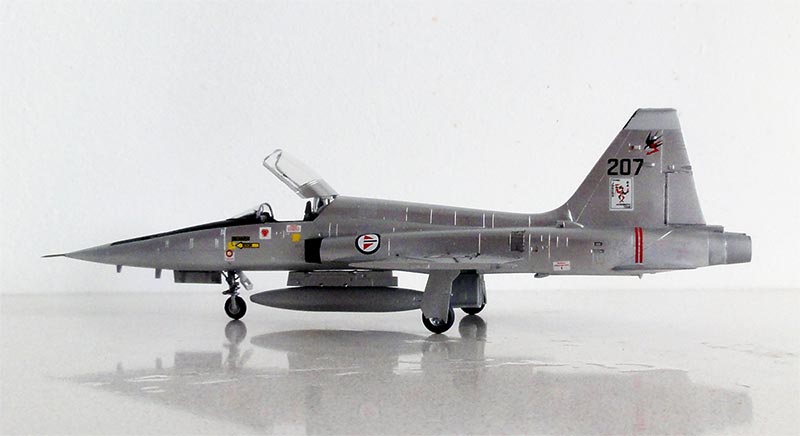
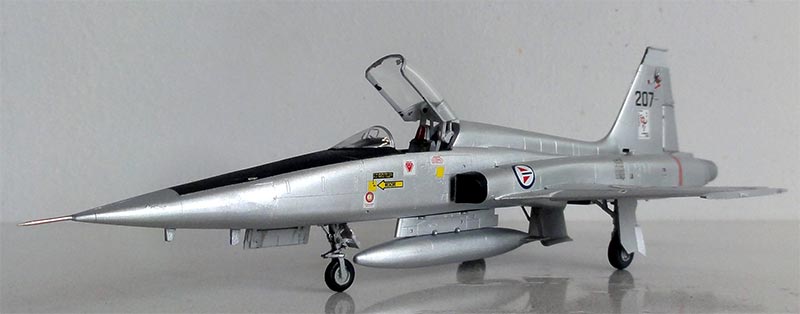
F-5A 336 Skv of FLYING JOKERS aerobatics team, Royal Norwegian Air Force (year 1970s)

(6) F-5A Philippines Air Force
Another F-5A model was made from again the ESCI kit.
This model was to be finished in a Philippines Air Force F-5A with a camouflage scheme. Many decals came from the AZTEC set 72050. It was a bit difficult to determine the colours as later on aircraft had low visibility black outlined national markings.
I used these acrylic colours:
- Dark green FS34108: Gunze
Sangyo H330 ;
- Sand / Brown FS33696 using approx.
Gunze Sangyo H310 ;
- for the lower surfaces White with
a few drops of aluminium, using Revell Aqua paints ;
On the real F-5 Philippines aircraft
many variations in schemes are seen. I used a photo of one particular aircraft.
Each colour needed masking as the
demarcations look rather "sharp". Masking was done with low tack tape and
Revell masking film.
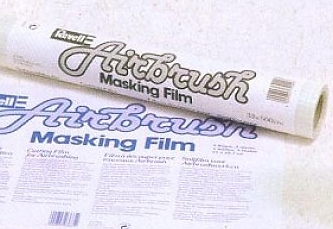
The rest of the model was completed
as described earlier for the other F-5 models.
This F-5A is typical of the 1970s as e.g. used by the 6th Tactical Fighter Squadron of the Philippines Air Force.
[area: approx 300,000 km2 with many islands | capital: Manila | population: 107 million | GDP 3,500 USD per capita nominal ]
The Philippine Air Force, "Hukbong Himpapawid ng Pilipinas", was established in 1947 after the country became independent in 1946. Some military aircraft were used after the First World War with an Army Air Corps in the 1930s. After the end of the severe Second World War in the Pacific, from 1945 the Air Force used types like the P-51 Mustang (later also by the Blue Diamond team). In the 1950s and 1960s jet aircraft were F-86 Sabres and T-33 trainers. The F-5 became the fighter with first of 19 F-5A and 3 F-5B aircraft arriving in 1966 to replace the F-86. A rather uncommon fighter used was the Vought F-8 Crusader acquired second hand from the US NAVY in 1977 and it kept flying until 1991. Other examples of the aircraft used are the OV-10 Bronco, S-211 jets and SF-260 trainers and various transport aircraft like the Fokker F-27 and GAF Nomad and obviously helicopters. T-28 aircraft were also used, also for ground attack against rebels and separatists. Transports are Casa C295. From 2022, a new helicopter type will be introduced: the Turkish TAI T129 ATAK.
Of the F-5 fighter several additional aircraft were obtained second hand from Taiwan and South Korea over the years leading up to a total of approx. 40 aircraft. The Northrop F-5's were set out of service in 2005 so no real fighter was in the inventory. From 2016 South Korean T-50 / FA-50 are being put into service.


 ...
...


F-5A, 6th Tactical Fighter Squadron of the Philippines Air Force


..... at Clarke
AFB, Philippines. In the background a USAF C-5.
On to next
[ Page 4... ]
(c) Copyright "designer"/ All rights reserved. Your comments are welcomed by webmaster
Created this page
January 31, 2017
 ..
.. ..
..



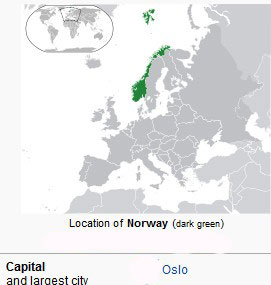 ...
...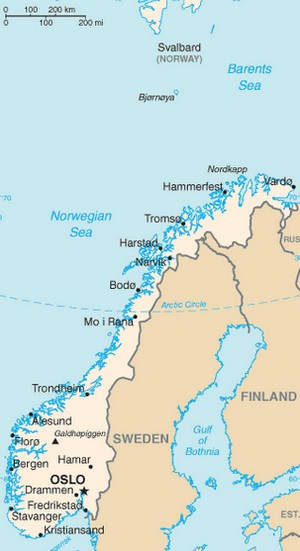 .
.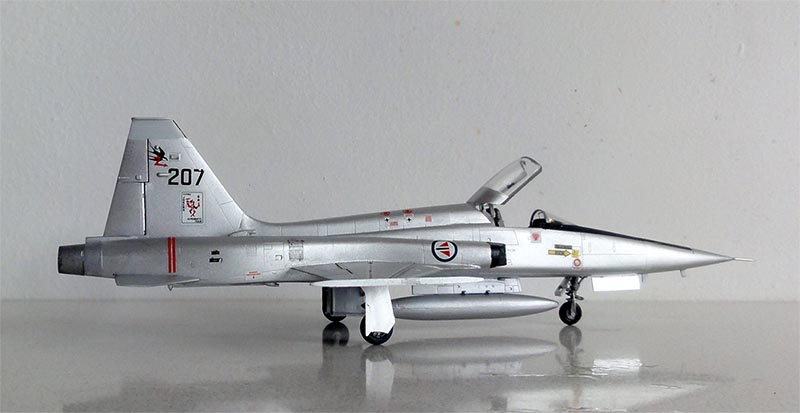
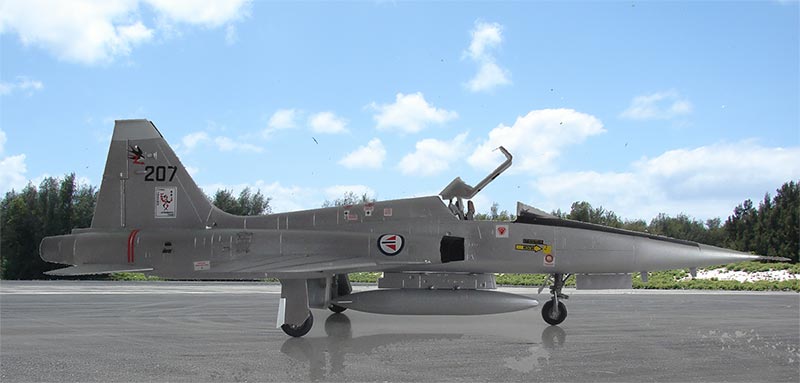
 ..
.. ....
.... ............
............